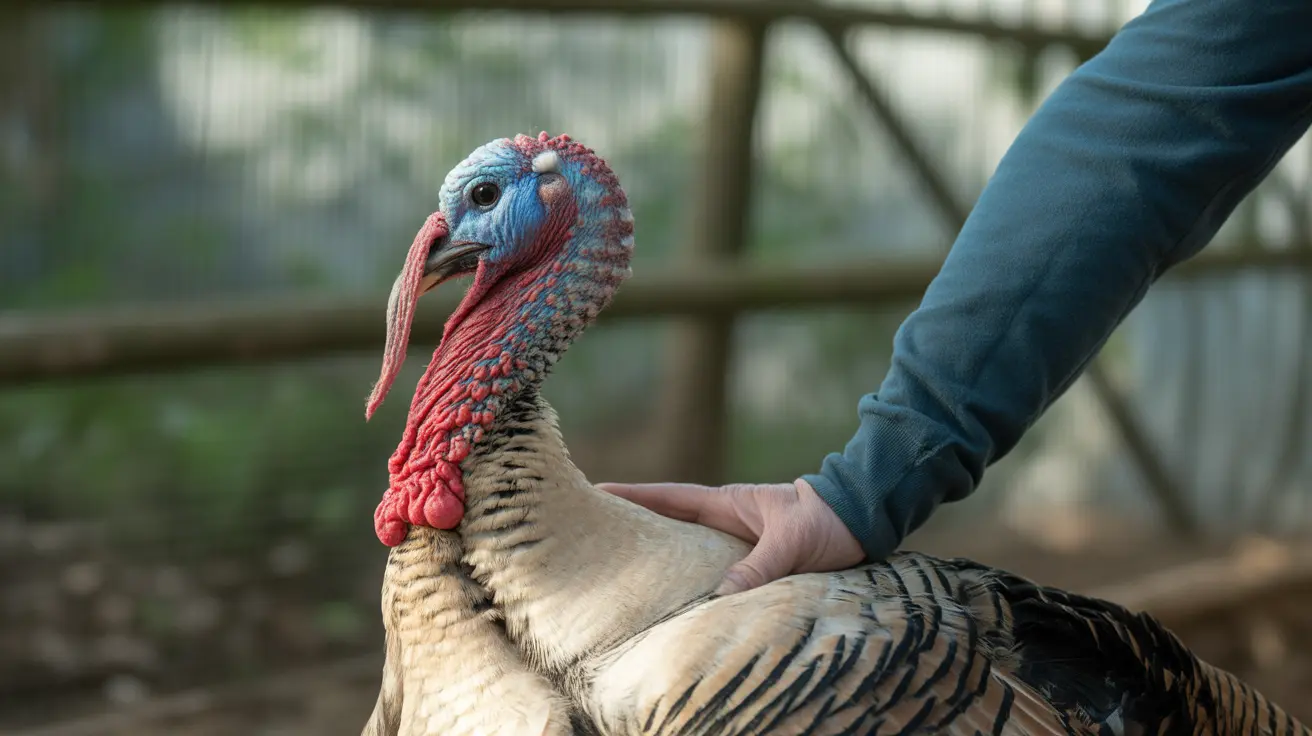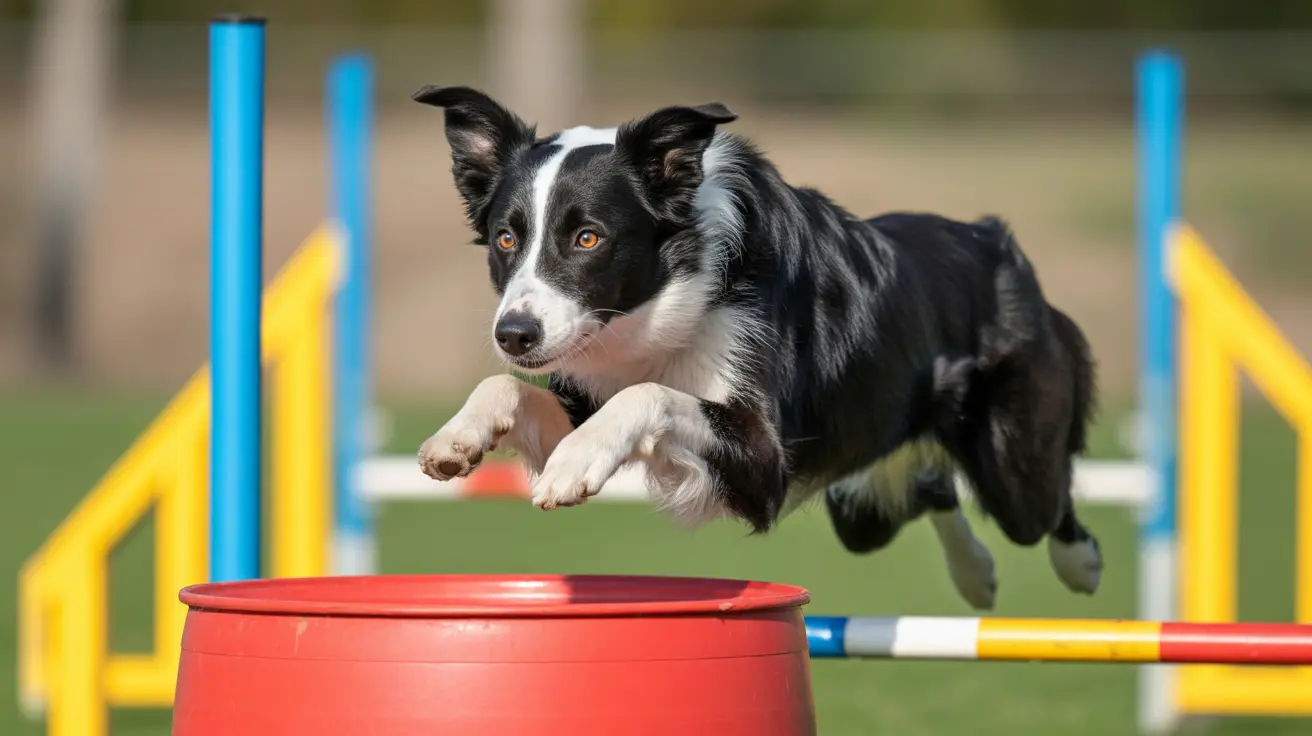Understanding Flea Dirt: What It Is and Why It Matters
Flea dirt might sound like a strange term, but if you've ever dealt with a pet infested by fleas, you've probably seen it. It's not just regular dirt—it's actually the droppings left behind by fleas, and it's a major clue that your animal has unwanted guests.
What Exactly Is Flea Dirt?
Flea dirt is the polite way of saying flea feces. When fleas feed on an animal's blood, they digest it and excrete the waste in small, dark specks. These specks look like tiny grains of black pepper or coarsely ground coffee. If you spot them on your pet's skin or bedding, it's a strong indicator that fleas are present—even if you don't see the insects themselves.
How to Identify Flea Dirt
- Appearance: Small, dark brown or black specks.
- Location: Commonly found on pets' skin (especially near the base of the tail, neck, and belly), bedding, or anywhere your pet spends time.
If you're unsure whether what you're seeing is flea dirt or just soil, try this simple test: Place some of the specks on a damp paper towel. If they dissolve into reddish-brown stains (because they're made up of digested blood), it's flea dirt.
Why Is Flea Dirt Important?
The presence of flea dirt means that adult fleas are feeding on your pet. Even if you can't spot any live fleas (they're quick and good at hiding), their waste gives them away. This is important because:
- Your pet may be suffering from itching and irritation.
- Fleas can transmit tapeworms and other diseases.
- A heavy infestation can lead to anemia in young or small animals due to blood loss.
The Life Cycle Connection
Finding flea dirt means adult fleas are active. But remember: for every adult flea you see (or don't see), there are likely many more eggs, larvae, and pupae in your home environment. The life cycle goes like this:
- Adult fleas lay eggs on your pet.
- Eggs fall off into carpets, bedding, and cracks in floors.
- Larvae hatch and feed on organic debris—including flea dirt itself!
- Pupae develop into new adults ready to jump onto a host.
This cycle keeps repeating unless you break it with thorough treatment.
Treating Flea Infestations
If you find flea dirt on your pet:
- Bathe your pet with a mild shampoo to remove both live fleas and their droppings.
- Use veterinarian-recommended flea treatments (topical medications, oral pills, or collars).
- Launder all bedding in hot water and vacuum carpets/furniture thoroughly to remove eggs and larvae.
You may need to repeat cleaning several times since some stages of the flea life cycle are resistant to treatments.
Prevention Tips
- Treat all pets in the household at the same time—even those without visible signs of fleas or flea dirt.
- Keep up with regular preventive medications as recommended by your vet.
If you notice persistent itching or skin problems in your pet even after treatment, consult a veterinarian for further advice. Sometimes allergies or secondary infections can develop due to flea bites and irritation caused by their droppings.





